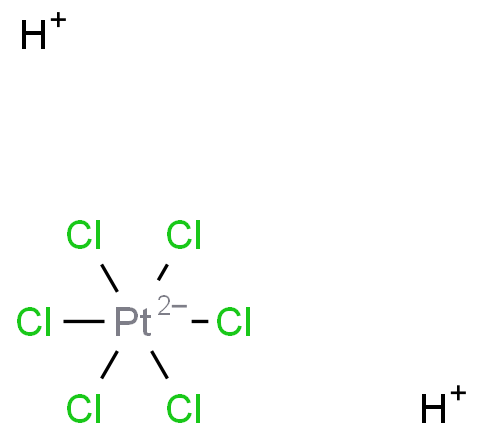 |
 |
Chloroplatinic acid test solution(ChP) Dihyrogen hexachloro-platinate hexahydrate PLATINIC CHLORIDE PLATINIC CHLORIDE HYDRATE
Acute toxicity - Oral, Category 3
Skin corrosion, Category 1B
Skin sensitization, Category 1
Respiratory sensitization, Category 1
| Pictogram(s) |    |
|---|---|
| Signal word | Danger |
| Hazard statement(s) | H301 Toxic if swallowed H314 Causes severe skin burns and eye damage H317 May cause an allergic skin reaction H334 May cause allergy or asthma symptoms or breathing difficulties if inhaled |
| Precautionary statement(s) | |
| Prevention | P264 Wash ... thoroughly after handling. P270 Do not eat, drink or smoke when using this product. P260 Do not breathe dust/fume/gas/mist/vapours/spray. P280 Wear protective gloves/protective clothing/eye protection/face protection. P261 Avoid breathing dust/fume/gas/mist/vapours/spray. P272 Contaminated work clothing should not be allowed out of the workplace. P284 [In case of inadequate ventilation] wear respiratory protection. |
| Response | P301+P310 IF SWALLOWED: Immediately call a POISON CENTER/doctor/\u2026 P321 Specific treatment (see ... on this label). P330 Rinse mouth. P301+P330+P331 IF SWALLOWED: Rinse mouth. Do NOT induce vomiting. P303+P361+P353 IF ON SKIN (or hair): Take off immediately all contaminated clothing. Rinse skin with water [or shower]. P363 Wash contaminated clothing before reuse. P304+P340 IF INHALED: Remove person to fresh air and keep comfortable for breathing. P310 Immediately call a POISON CENTER/doctor/\u2026 P305+P351+P338 IF IN EYES: Rinse cautiously with water for several minutes. Remove contact lenses, if present and easy to do. Continue rinsing. P302+P352 IF ON SKIN: Wash with plenty of water/... P333+P313 If skin irritation or rash occurs: Get medical advice/attention. P362+P364 Take off contaminated clothing and wash it before reuse. P342+P311 If experiencing respiratory symptoms: Call a POISON CENTER/doctor/... |
| Storage | P405 Store locked up. |
| Disposal | P501 Dispose of contents/container to ... |
none
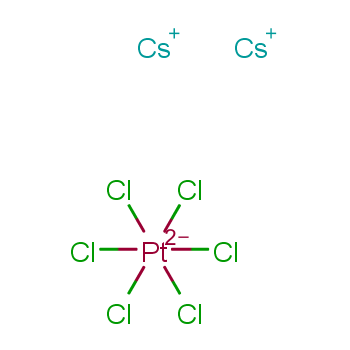 |
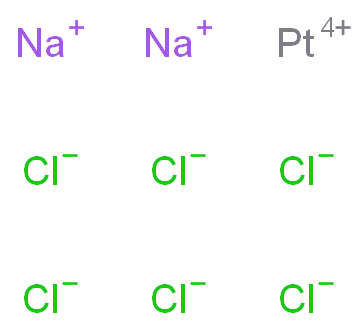 |
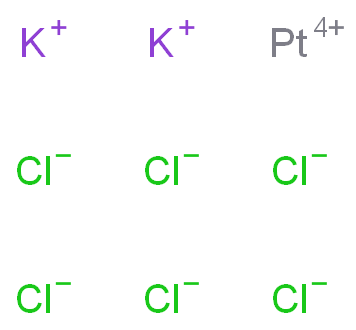 |
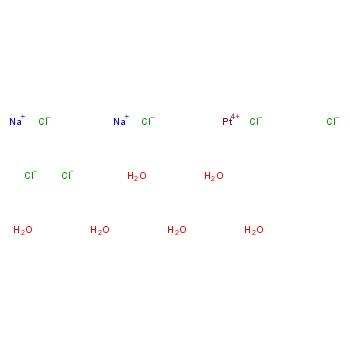 |
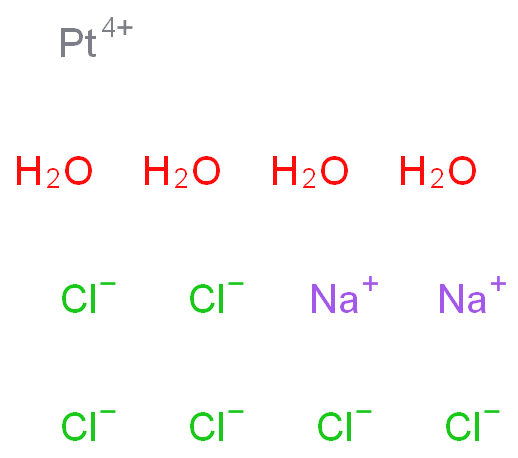 |
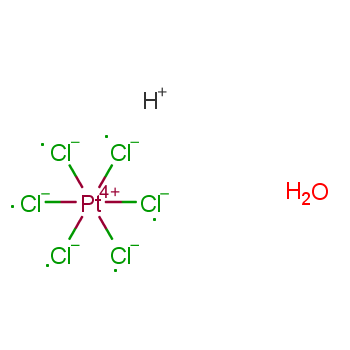 |
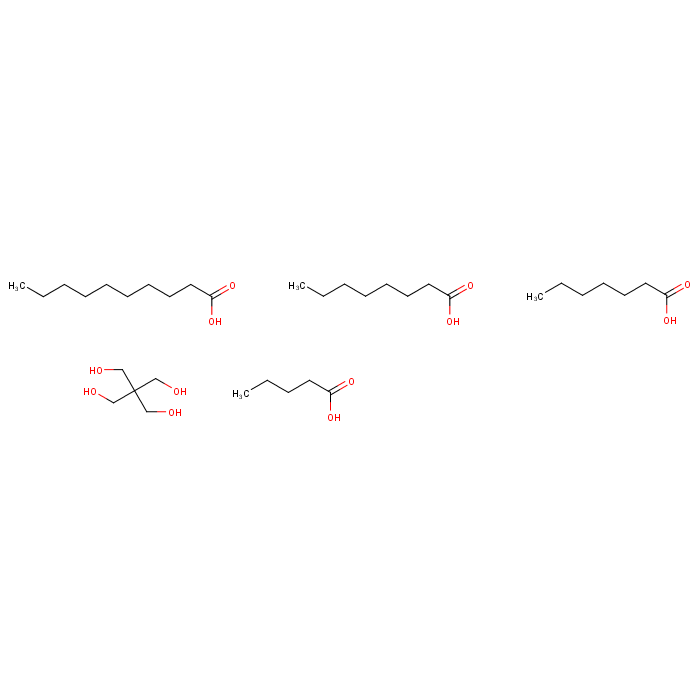 |